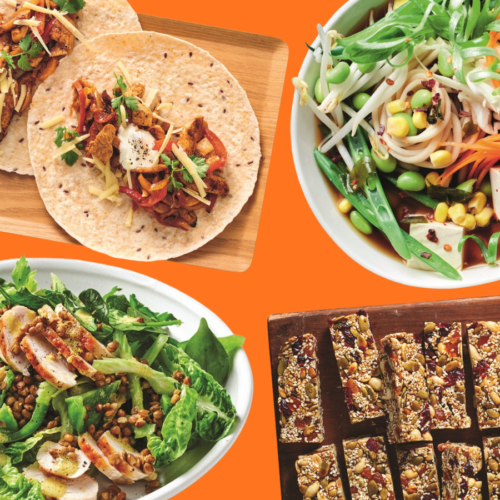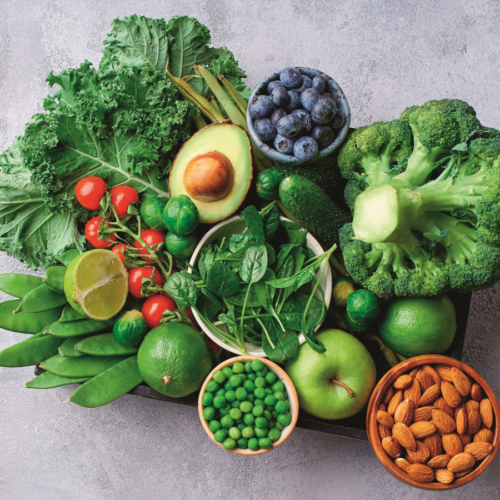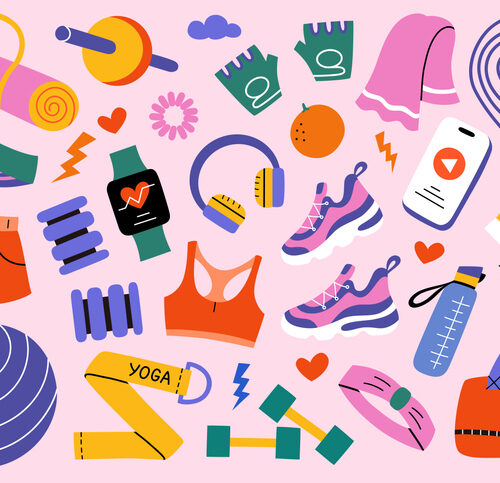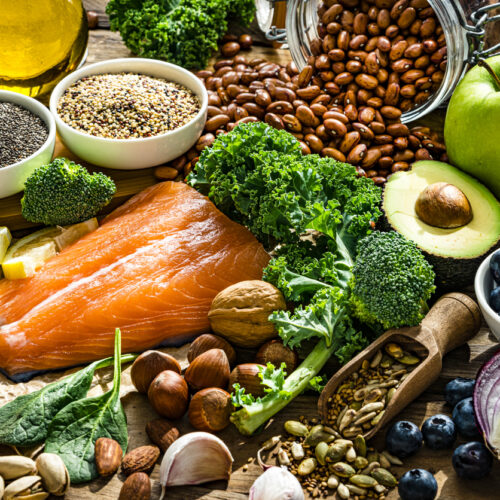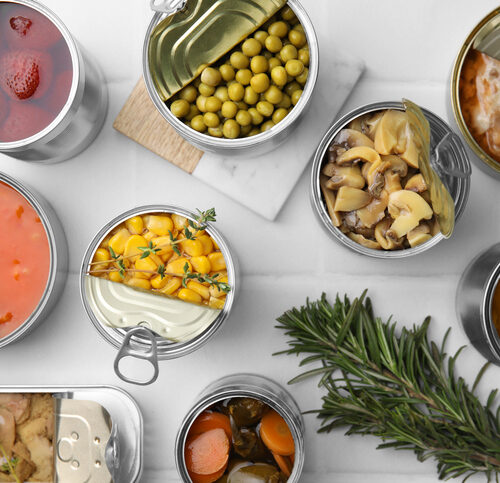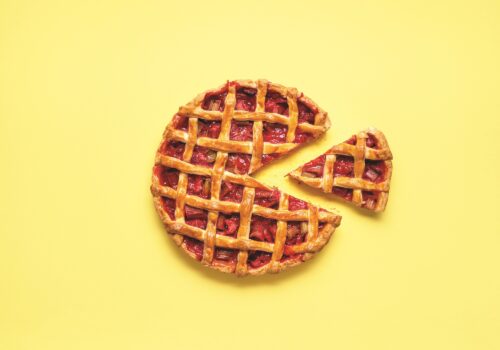
Can food cravings really be called an addiction? And are some foods more addicting than others? Nutrition science researcher Tim Crowe finds out.
Can a craving for food, especially when not hungry, really be considered an addiction? The idea of food addiction is a controversial one. When the term ‘food addiction’ is used, it usually expresses the desire for certain types of foods – normally ones that are not the healthiest of choices. Is it possible then to elevate what someone calls a food addiction to the same level as a drug or gambling addiction?
Sugar addiction. Fast food addiction. Carb addiction. It seems we are in the middle of a food addiction epidemic. But everyone is addicted to food to some degree; just try going without eating for 24 hours and you’ll be craving it. But this is no different to the ‘craving’ we have for oxygen if we stay underwater for too long, or your strong desire to drink water if the weather is hot and you’ve been exercising.
None of these examples are remotely related to addiction. They are just deep-seated physiologic needs that our body will drive us to seek. Addiction is a very different situation. Enjoying a nice meal, the company of friends, or a walk on a sunny day are not addictions either – they are just pleasant things we enjoy doing. A true addiction is very different from the core needs that keep us alive and is much more than just a pleasant sensation of enjoying something.
Defining food addiction
The term ‘food addiction’ gets thrown around way too loosely. This isn’t helped by having no unified agreement on a clinical definition for food addiction.
Food addiction is perhaps best described as a condition in which a person has the compulsion to eat certain foods despite negative consequences such as weight gain or health problems.
Self-described food addiction is characterised by symptoms such as cravings, loss of control when eating food, and withdrawal symptoms when the person is unable to eat the foods they desire. But these symptoms also overlap with the behaviours in binge eating disorder (defined as regularly eating huge amounts of food, far more than normal portions, in a relatively short period of time).
That doesn’t mean food addiction and binge eating disorders are the same things, but they could be on a spectrum. So, when someone describes themselves as having a food addiction, it may just be code for a feeling of loss of control around food.
A so-called ‘food addict’ can become dependent on the pleasant feelings that come from consuming certain foods. This drives a constant need to eat, even when not hungry. These behaviours generate a vicious circle. This can lead to several physical, emotional and social consequences including digestive problems, heart disease, obesity, low self-esteem, depression
and isolation.
Even though food addictions seem to be similar to binge eating disorders, food addictions are more related to eating patterns centred on pleasure and reward.
Is ‘substance use disorder’ a better term?
Another way to define a food addiction is to consider it under the wider umbrella of substance use disorders. A substance use disorder is a complex condition in which a person experiences uncontrolled use of a substance despite harmful consequences.
Think of things like alcohol, tobacco or illicit drugs that are used to the point where the person’s ability to function in day-to-day life becomes impaired.
People keep using the substance even when they know it is causing or will cause problems. The most severe substance use disorders are sometimes called addictions.
A systematic review that explored the evidence for ‘food addiction’ found many characteristics of food addictions had some degree of overlap with a substance use disorder.
These characteristics included:
➜ Preoccupation with the substance
➜ Brain changes
➜ Decreased control
➜ Social harms
➜ Risky use
➜ Issues of tolerance and withdrawal
➜ Relapse
Perhaps the biggest finding from the review was that a food addiction didn’t apply to all foods. Instead, it was certain foods, particularly highly processed foods with added sweeteners and fats, that showed the greatest addictive or substance abuse potential.
Foods we crave the most
Foods rich in kilojoules, sugar, fat and salt are highly desirable. And these types of foods are most closely linked to compulsive overeating, even when a person isn’t hungry.
Research studies that involve scanning the brains of volunteers have shown similar regions of the brain are excited by food to those that are lit up by drug use. The foods that light up these brain regions the most are high-sugar and high-fat foods. The most desirable foods have a combination of both fat and sugar.
The brain regions most affected are typically those involved in the anticipation or satisfaction of a reward. The media loves to report on these types of brain scan studies as they allow for sensational headlines such as carbs, sugar or junk foods are as ‘addictive as cocaine’. These headlines are great for clickbait but do little to give a balanced context for what is really going on under the hood.
Those same reward and pleasure brain centres that are stimulated by desirable foods can also be lit up by pictures of puppies. Or by receiving a hug. We don’t consider puppies and hugs to be like cocaine addictions. So, the brain research on food probably is not telling us all that much about food addiction but, instead, simply states that there are certain foods we find desirable. Everyone experiences that.
Hyper-palatable foods are the issue
When you have a nice combination of sugar, fat or salt in highly processed foods, it can make a food hyper-palatable. ‘Hyper’ means excessive and ‘palatable’ means appetising and pleasing to the taste buds. A hyper-palatable food is so tempting it can override your ability to control the amount of it you eat. And this hyper-palatability could be a major driver of weight gain and poor health.
One interesting thing about foods we consider hyper-palatable is that it isn’t just the fat or sugar by themselves that are the issue. But when you combine them that is where the brain chemistry changes. Studies that have looked at brain regions involved in reward find that foods high in fat and sugar are more desirable than foods that contain only fat or sugar.
So when people blame carbs or sugar for their food addiction, they usually fail to mention that it is a combination of refined carbs and fat. If people really had a ‘sugar addiction’ then pure white sugar would be what they desired. But they don’t. It is the complex food matrix that contains sugar and other nutrients that combine to make food more appealing.
Hyper-palatability is not just about foods high in sugar. It can be experienced in the savoury realm too. Combining salt and fat in just the right mix is a potent merger in helping to promote passive over-consumption of foods. Just think of how moreish salty chips can be.
Having a greater liking for salty and fatty foods is linked with eating more kilojoules, having less control over eating, and having a higher chance of being overweight. In fact, the link between overeating food because of its degree of saltiness is considered stronger than having a liking for sweet and fatty foods.
What this all means is that when you hear the term ‘food addiction’, think instead that it is likely describing desirability for certain types of foods that are hyper-palatable.
The bottom line
From an emotional standpoint, it is certainly possible for a person to feel addicted to food. This feeling is created by an overwhelming lack of control. But that doesn’t mean a person is addicted to food in the same way that someone may be addicted to illicit drugs, alcohol or gambling. This is not diminishing the issue of food addiction. The experience of feeling out of control around food and struggling to moderate consumption is a real experience for many people.
Labelling a food or nutrient as ‘addictive’ can drive unwarranted fears that can increase the risk of disordered eating. And while the types of foods that usually get labelled with as addictive are ones we would be best eating less of, they don’t need to be cut out of someone’s diet completely. Desiring kilojoule-dense palatable foods that hit the ‘sweet spot’ of our brain is part of being human after all.
Article sources and references
- DiFeliceantonio et al. 2018. Supra-Additive Effects of Combining Fat and Carbohydrate on Food Reward. Cell Met. 28(1):33-44.e3.https://www.sciencedirect.com/science/article/pii/S1550413118303255
- Gordon et al. 2018. What Is the Evidence for “Food Addiction?” A Systematic Review. Nutrients. 10(4):477.https://pmc.ncbi.nlm.nih.gov/articles/PMC5946262/
- Schulte et al. 2015. Which foods may be addictive? The roles of processing, fat content, and glycemic load. PLoS One. 18;10(2):e0117959.https://pubmed.ncbi.nlm.nih.gov/25692302/
www.healthyfood.com


